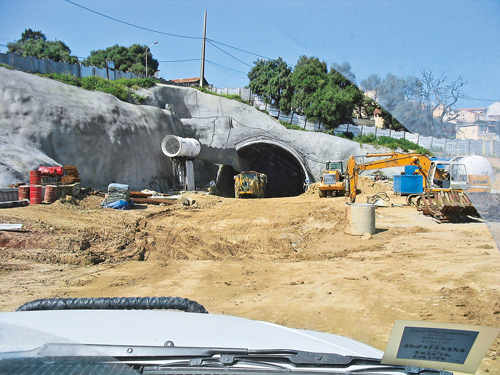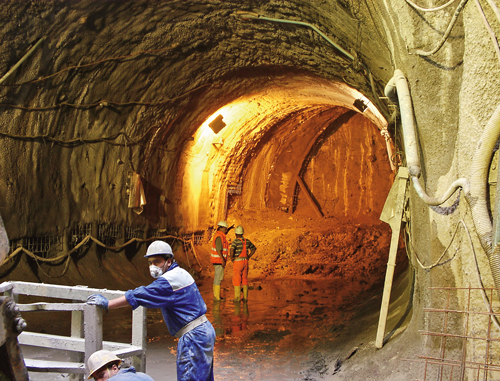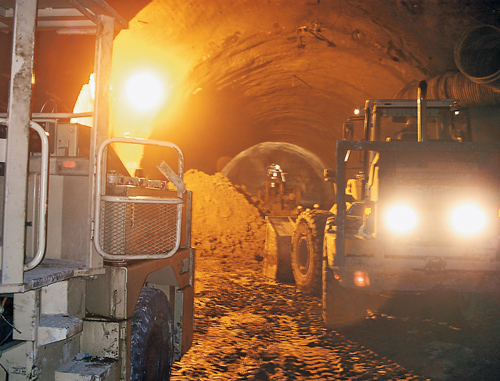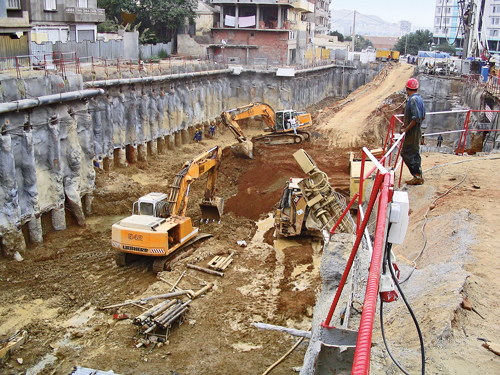



Metro Algier, Algeria
In 1981 the Algerian government made the basic decision to building a subway in Algiers. Increased revenues from crude oil and natural gas discoveries were earmarked to improve the local infrastructure. Lost revenues as a result of the collapse in oil prices in the mid 1980s led to a stop of the construction works on the subway before they had effectively begun.
Following increasing economic growth of the Algerian economy in the 1990s again many people returned to Algiers where a majority of the booming industry is located. Consequently, the plan for constructing a subway was reactivated and works on the first section of line 1 from Emir Abdelkader to Hamma began.
To further improve the quality of air and life as well as traffic conditions, the government provided additional funds for extending subway line 1 by 3.9 km from Hamma to Hai-El-Badr and for the construction of four new stations at the beginning of the new millennium. Studies had shown that approximately 250,000 car trips per day could be saved this way.
The aforementioned section is located in an urban and hilly area. This plus the tight schedule placed exceptional demands on all parties involved in the construction project. The new tunnel is being built using the New Austrian Tunneling Method (NATM), with driving taking place at 5 different locations at the same time. The main idea of NATM is to use the geological stress of the surrounding rock mass to stabilize the tunnel itself, using shotcrete and support elements. These support elements are mainly anchors. In particular, highgrade DSI Anchors are well suited for this purpose. Their certified quality allows for fast, safe and therefore cost-effective installation. For securing the cuts of the 3.9 km long tunnel DSI supplied 68 tons of DSI R32N Hollow Bar Anchors and 15 t of DSI Form Ties 15 mm for the subway stations.
The new tunnel will be completed in the second half of 2006. The commissioning of the entire line 1 is scheduled for 2008. Plans for extending the Algiers subway network by two further lines already exist.
